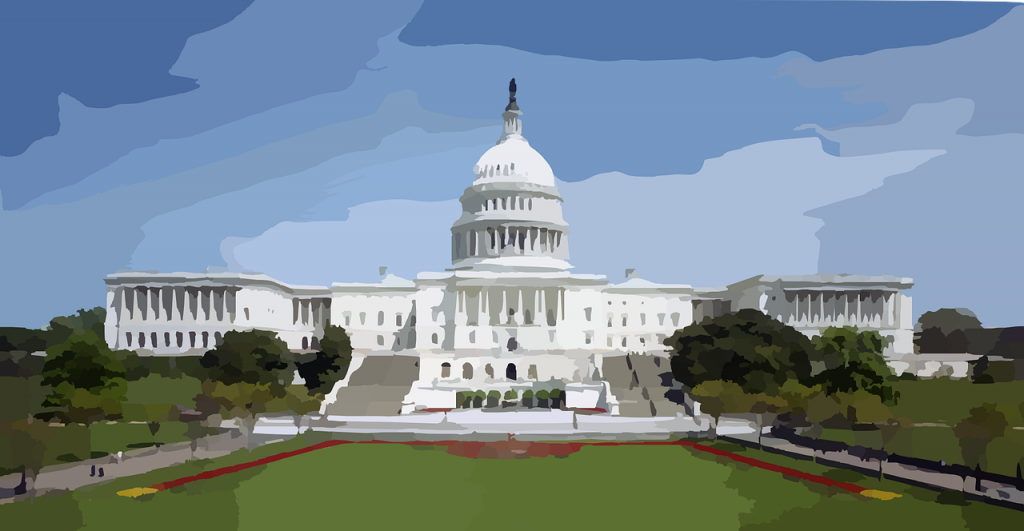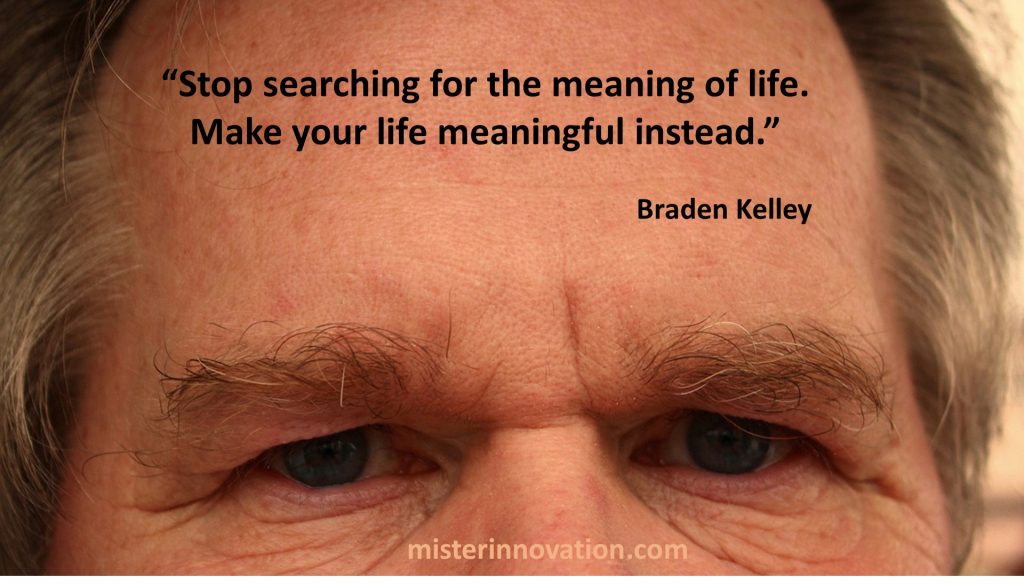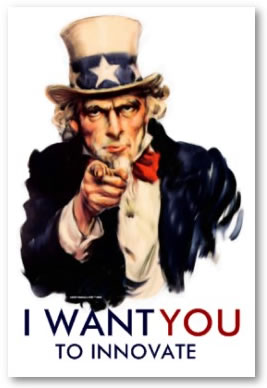
GUEST POST from Greg Satell
In the 1960s, the federal government accounted for more than 60% of all research funding, yet by 2016 that had fallen to just over 20%. During the same time, businesses’ share of R&D investment more than doubled from about 30% to almost 70%. Government’s role in US innovation, it seems, has greatly diminished.
Yet new research suggests that the opposite is actually true. Analyzing all patents since 1926, researchers found that the number of patents that relied on government support has risen from 12% in the 1980s to almost 30% today. Interestingly, the same research found that startups benefitted the most from government research.
As we struggle to improve productivity from historical lows, we need the public sector to play a part. The truth is that the government has a unique role to play in driving innovation and research is only part of it. In addition to funding labs and scientists, it can help bring new ideas to market, act as a convening force and offer crucial expertise to private businesses.
1. Treat Knowledge As A Public Good
By 1941, it had become clear that the war raging in Europe would soon envelop the US. With this in mind, Vannevar Bush went to President Roosevelt with a visionary idea — to mobilize the nation’s growing scientific prowess for the war effort. Roosevelt agreed and signed an executive order that would create the Office of Scientific Research and Development (OSRD).
With little time to build labs, the OSRD focused on awarding grants to private organizations such as universities. It was, by all accounts, an enormous success and lead to important breakthroughs such as the atomic bomb, proximity fuze and radar. As the war was winding down, Roosevelt asked Bush to write a report to continue OSRD’s success peacetime.
That report, titled Science, The Endless Frontier, was delivered to President Truman and would set the stage for America’s lasting technological dominance. It set forth a new vision in which scientific advancement would be treated as a public good, financed by the government, but made available for private industry. As Bush explained:
Basic research leads to new knowledge. It provides scientific capital. It creates the fund from which the practical applications of knowledge must be drawn. New products and new processes do not appear full-grown. They are founded on new principles and new conceptions, which in turn are painstakingly developed by research in the purest realms of science.
The influence of Bush’s idea cannot be overstated. It led to the creation of new government agencies, such as the National Science Foundation (NSF), the National Institutes of Health (NIH) and, later, the Defense Advanced Research Projects Agency (DARPA). These helped to create a scientific infrastructure that has no equal anywhere in the world.
2. Help to Overcome the Valley of Death
Government has a unique role to play in basic research. Because fundamental discoveries are, almost by definition, widely applicable, they are much more valuable if they are published openly. At the same time, because private firms have relatively narrow interests, they are less able to fully leverage basic discoveries.
However, many assume that because basic research is a primary role for public investment that it is its only relevant function. Clearly, that’s not the case. Another important role government has to play is helping to overcome the gap between the discovery of a new technology and its commercialization, which is so fraught with peril that it’s often called the “Valley of Death.”
The oldest and best known of initiative is SBIR/STTR program, which is designed to help startups commercialize cutting-edge research. Grants are given in two phases. In the first, a proof-of-concept phase, grants are capped at $150,000. If that’s successful, up to $1 million more can be awarded. Some SBIR/STTR companies, such as Qualcomm, iRobot and Symantec, have become industry leaders.
Other more focused programs have also been established. ARPA-e focuses exclusively on advanced energy technologies. Lab Embedded Entrepreneurship Programs (LEEP) give entrepreneurs access to the facilities and expertise of the National Labs in addition to a small grant. The Manufacturing Extension Program (MEP) helps smaller companies build the skills they need to be globally competitive.
3. Act As a Convening Force
A third role government can play is that of a convening force. For example, in 1987 a non-profit consortium made up of government labs, research universities and private sector companies, called SEMATECH, was created to regain competitiveness in the semiconductor industry. America soon regained its lead, which continues even today.
The reason that SEMATECH was so successful was that it combined the scientific expertise of the country’s top labs with the private sector’s experience in solving real world problems. It also sent a strong signal that the federal government saw the technology as important, which encouraged private companies to step up their investment as well.
Today, a number of new initiatives have been launched that follow a similar model. The most wide-ranging is the Manufacturing USA Institutes, which are helping drive advancement in everything from robotics and photonics to biofabrication and composite materials. Others, such as JCESR and the Critical Materials Institute, are more narrowly focused.
Much like its role in supporting basic science and helping new technologies get through the “Valley of Death,” acting as a convening force is something that, for the most part, only the federal government can do.
Make No Mistake: This Is Our New Sputnik Moment
In the 20th century three key technologies, electricity, internal combustion and computing drove economic advancement and the United States led each one. That is why it is often called the “American Century.” No country, perhaps since the Roman Empire, has ever so thoroughly dominated the known world.
Yet the 21st century will be different. The most important technologies will be things like synthetic biology, materials science and artificial intelligence. These are largely nascent and it’s still not clear who, if anybody, will emerge as a clear leader. It is very possible that we will compete economically and technologically with China, much like we used to compete politically and militarily with the Soviet Union.
Yet back in the Cold War, it was obvious that the public sector had an important role to play. When Kennedy vowed to go to the moon, nobody argued that the effort should be privatized. It was clear that such an enormous undertaking needed government leadership at the highest levels. We pulled together and we won.
Today, by all indications, we are at a new Sputnik moment in which our global scientific and technological leadership is being seriously challenged. We can respond with imagination, creating novel ways to, as Bush put it, “turn the wheels of private and public enterprise,” or we can let the moment pass us by and let the next generation face the consequences.
One thing is clear. We will be remembered for what we chose to do.
— Article courtesy of the Digital Tonto blog
— Image credit: Pixabay
 Sign up here to get Human-Centered Change & Innovation Weekly delivered to your inbox every week.
Sign up here to get Human-Centered Change & Innovation Weekly delivered to your inbox every week.
 Drum roll please…
Drum roll please…![]() Sign up here to get Human-Centered Change & Innovation Weekly delivered to your inbox every week.
Sign up here to get Human-Centered Change & Innovation Weekly delivered to your inbox every week.


 by Braden Kelley
by Braden Kelley

 Now that I’ve got your attention, let’s talk about homosexuality and whether it has any impact on innovation. There probably are two no more polarizing topics in the United States than homosexuality and abortion. But the truth is that if both sides of the political and religious spectrum focused on the
Now that I’ve got your attention, let’s talk about homosexuality and whether it has any impact on innovation. There probably are two no more polarizing topics in the United States than homosexuality and abortion. But the truth is that if both sides of the political and religious spectrum focused on the 
 Back in 2011 when election season was fast approaching, one thing that you heard repeatedly during election coverage was analysts talking about the importance of the undecided vote. Often in an election it is the undecided who swing the vote for one candidate over another. As a result, there is an incredible amount of focus placed on understanding why people are still undecided between two major candidates (think Obama vs. Romney) and so as a result campaign strategists and speech writers are obsessed with capturing the imagination of the undecided. But, there is a lot of complexity in those undecided numbers, as they include:
Back in 2011 when election season was fast approaching, one thing that you heard repeatedly during election coverage was analysts talking about the importance of the undecided vote. Often in an election it is the undecided who swing the vote for one candidate over another. As a result, there is an incredible amount of focus placed on understanding why people are still undecided between two major candidates (think Obama vs. Romney) and so as a result campaign strategists and speech writers are obsessed with capturing the imagination of the undecided. But, there is a lot of complexity in those undecided numbers, as they include:
 The Setup
The Setup The
The 